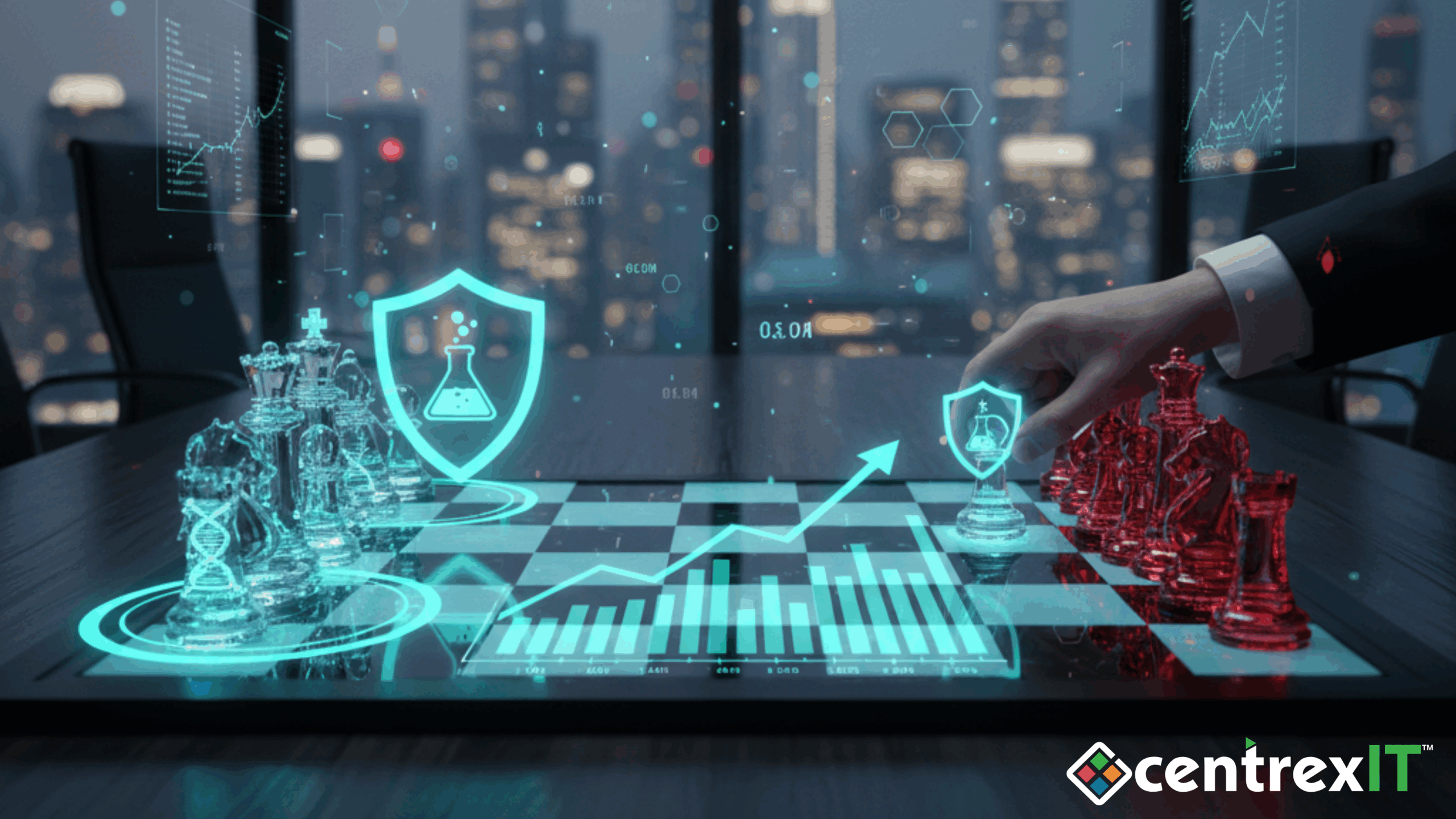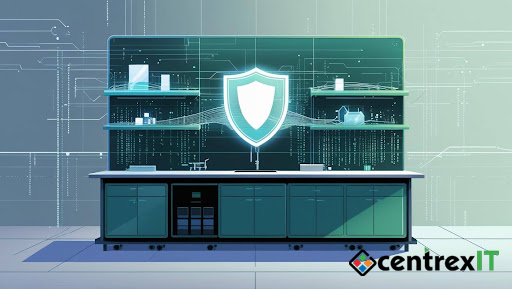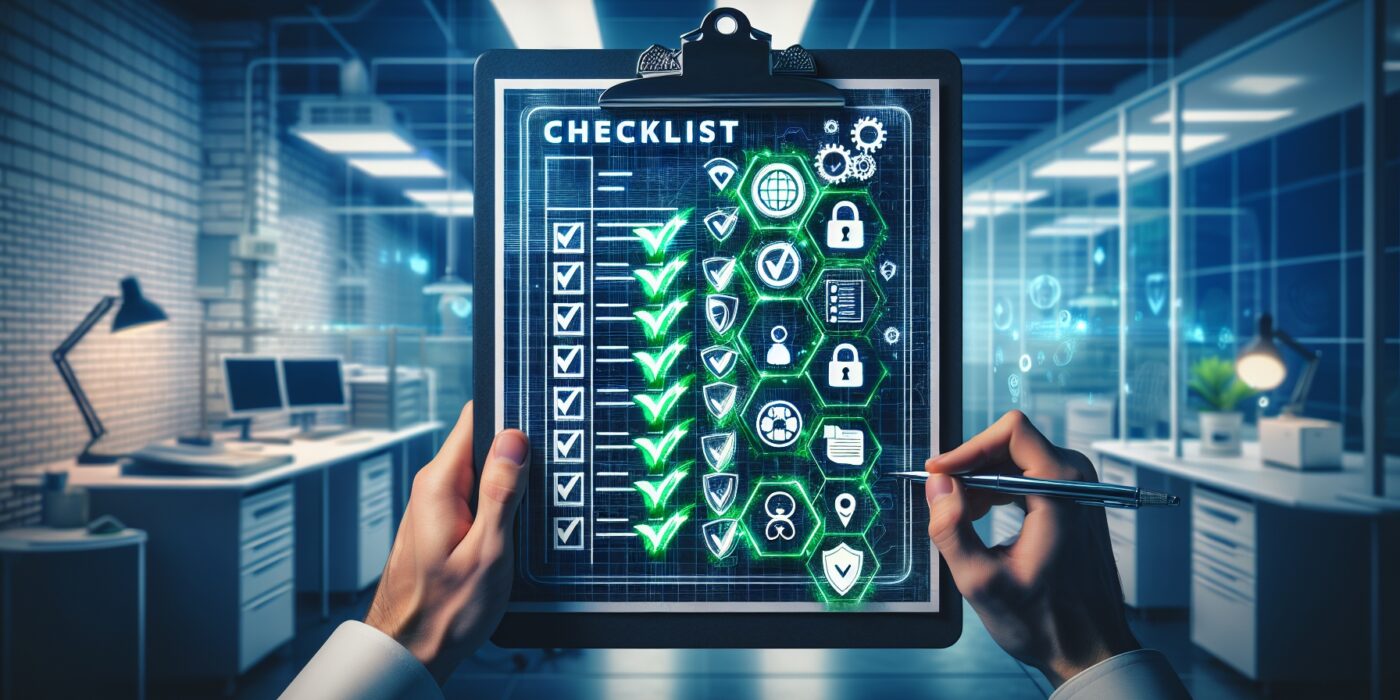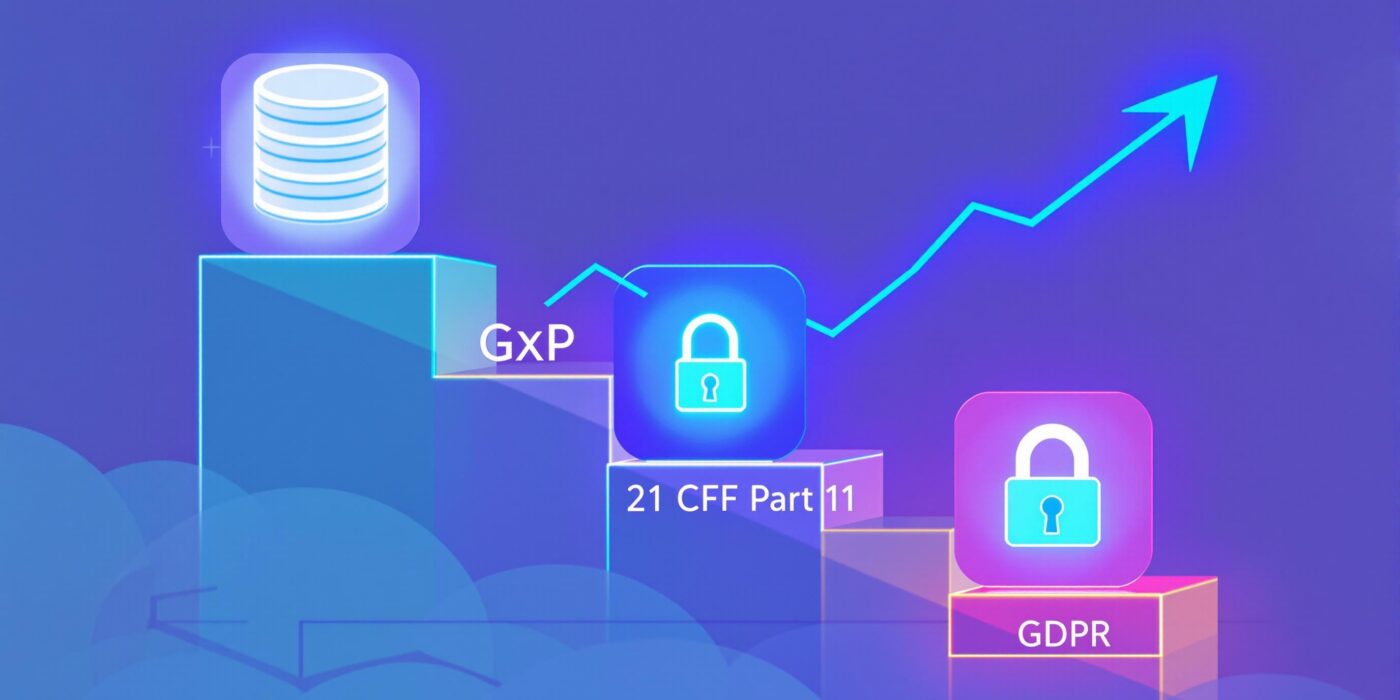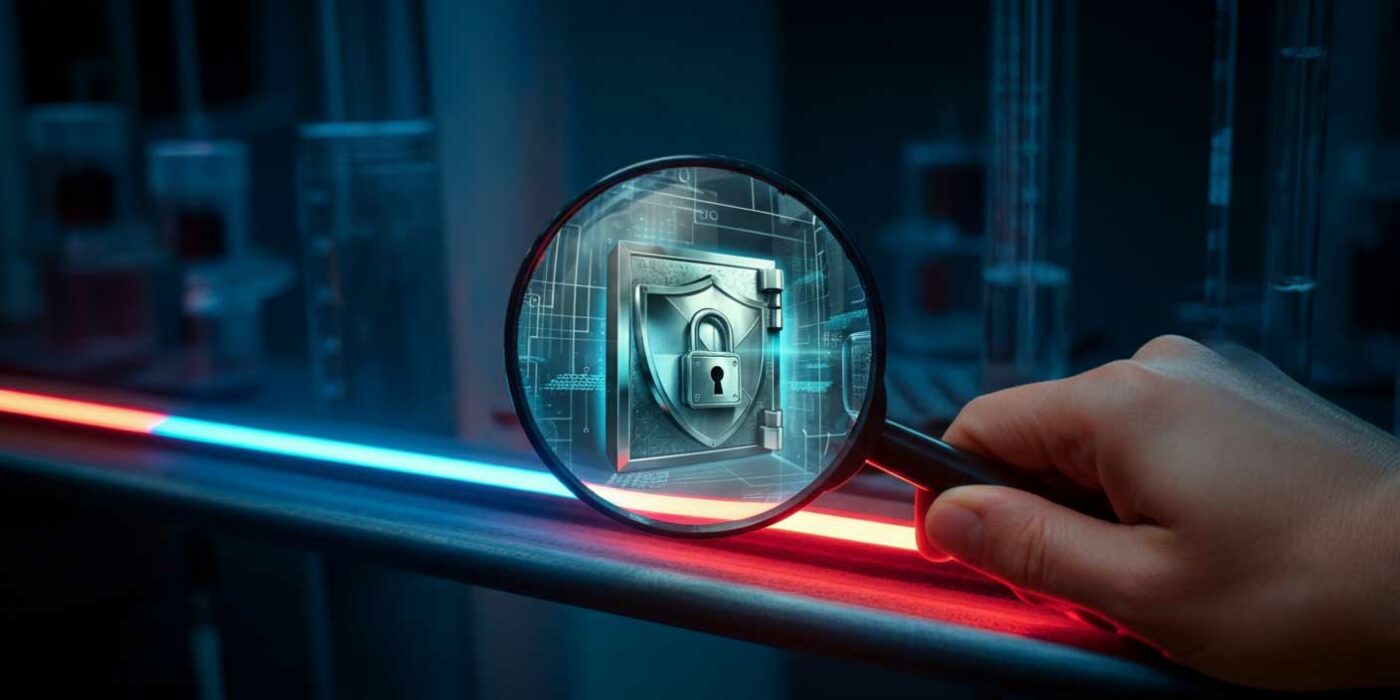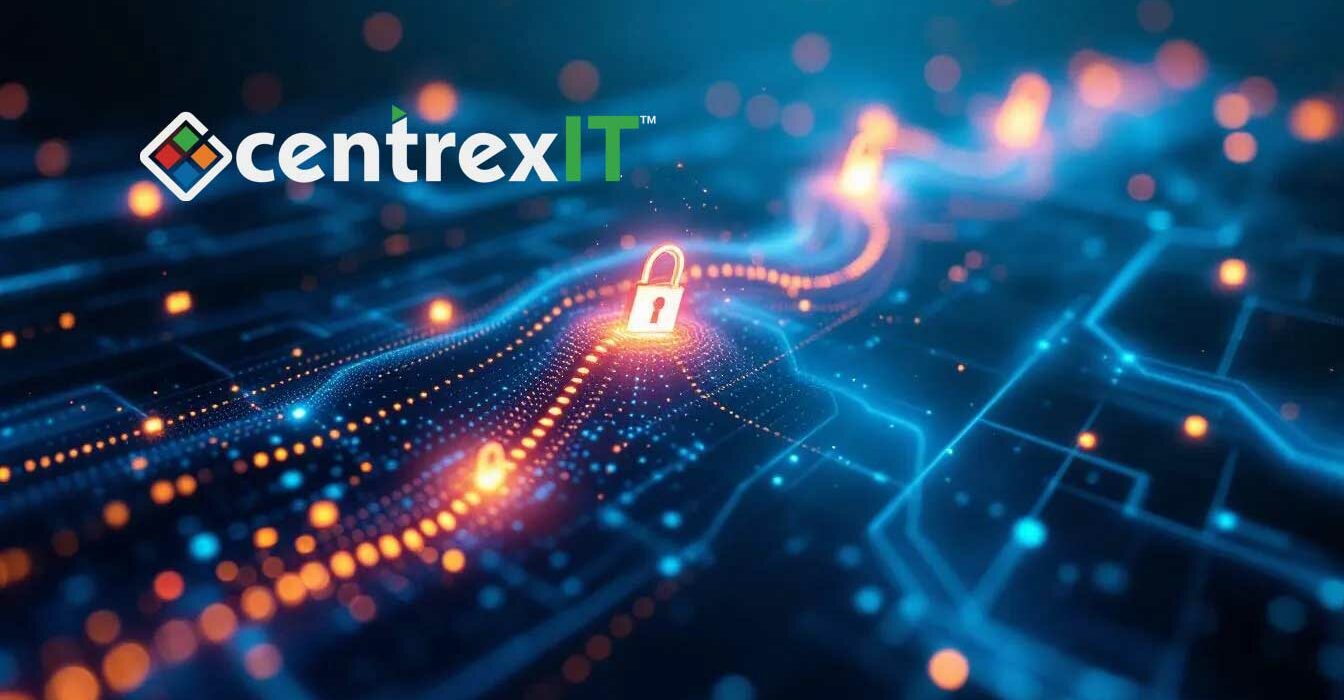For many Life Sciences Executives, cybersecurity often appears as a necessary, yet burdensome, cost—a drain on resources with an elusive return. The challenge lies in demonstrating its tangible value beyond mere compliance. However, a closer look reveals a stark reality: the true cost of cyber insecurity far outweighs proactive investment. A compromised network or stolen intellectual property can threaten everything from your firm’s financial stability and research integrity to investor confidence and clinical trial timelines, impacting your valuation and competitive position.
Category: Life Sciences
Beyond the Lab Bench: Why Cybersecurity Must Be Central to Every R&D Initiative
As a Life Sciences Executive, your core mission revolves around groundbreaking research and development. From novel drug compounds to advanced medical devices, your firm’s intellectual property (IP) is its most valuable asset. However, the very innovation that drives your success can inadvertently create significant vulnerabilities if cybersecurity isn’t integrated from the earliest stages of every R&D initiative. Overlooking security in the initial phases of research and development can lead to costly retrofits, compromised intellectual property, and significant delays down the line—jeopardizing your competitive edge and investor confidence.
Read more “Beyond the Lab Bench: Why Cybersecurity Must Be Central to Every R&D Initiative”
Beyond Checkmarks: Achieving Proactive Security Readiness & Continuous Improvement
For life science executives, the concept of “audit readiness” can often feel like a finite destination – a frantic scramble to check boxes before an inspection, followed by a sigh of relief. However, in the dynamic world of cybersecurity, true readiness is not a one-time event; it’s a continuous journey. Moving beyond mere checkmarks to achieving proactive security readiness and continuous improvement is crucial for safeguarding your innovation, protecting R&D data, and sustaining investor confidence in the long term.
Read more “Beyond Checkmarks: Achieving Proactive Security Readiness & Continuous Improvement”
Is Your Life Science Firm Audit-Ready? A Comprehensive Cybersecurity Checklist
For life science executives, regulatory audits are a perennial fixture – a critical, often stressful, evaluation of your operations, data integrity, and compliance. In today’s digitally driven world, a significant portion of that audit spotlight falls squarely on your IT security posture. Are your systems validated? Is your data secure? Can you prove compliance with GxP, 21 CFR Part 11, and other stringent regulations? Without a clear framework for readiness, these audits can become daunting hurdles.
Read more “Is Your Life Science Firm Audit-Ready? A Comprehensive Cybersecurity Checklist”
Understanding and ensuring compliance with GxP, 21 CFR Part 11, and GDPR for life science firms
For life science executives, the alphabet soup of regulatory compliance – GxP, 21 CFR Part 11, GDPR – can feel overwhelming. These aren’t just abstract legal requirements; they are fundamental frameworks that dictate how your organization handles critical data, validates systems, and protects patient privacy across the entire research-to-commercialization journey. Non-compliance can lead to severe penalties, operational halts, and irreparable damage to your reputation and investor confidence.
Securing the R&D Frontier: Mitigating Risks from AI, IoT, and OT in Life Sciences
The modern life science R&D environment is a vibrant, interconnected ecosystem. AI-powered algorithms analyze genomic data, IoT sensors monitor clinical trial participants, and operational technology (OT) automates lab processes. While this technological convergence fuels unprecedented innovation, it also dramatically expands the attack surface, creating a “frontier” fraught with new and complex cybersecurity risks. For life science executives, a strategic approach to mitigating these risks is paramount for protecting intellectual property, ensuring data integrity, and maintaining investor confidence.
Read more “Securing the R&D Frontier: Mitigating Risks from AI, IoT, and OT in Life Sciences”
The Investor’s Lens: Why Cybersecurity Assurance is Now a Must-Have for Funding Rounds
For life science executives navigating the complexities of funding rounds, securing capital has always been about demonstrating scientific prowess, market potential, and a clear path to commercialization. Today, however, a critical fourth pillar has emerged: cybersecurity assurance. Investors are no longer just asking about your science; they’re digging deep into your digital defenses. Understanding what they’re looking for and proactively demonstrating a strong cybersecurity posture is no longer a bonus – it’s a must-have for attracting and retaining critical investment.
Why Cybersecurity is Front and Center for Investors
The reasons are clear and compelling:
Read more “The Investor’s Lens: Why Cybersecurity Assurance is Now a Must-Have for Funding Rounds”
Reframing cybersecurity from a cost center to a direct asset that impacts company valuation
For too long, cybersecurity has been viewed by many executives as a necessary evil – a significant cost center with little perceived direct return on investment. In the high-stakes world of life sciences, however, this perception is rapidly changing. As R&D processes become more digitized and the value of intellectual property (IP) skyrockets, a robust cybersecurity posture is no longer just about preventing breaches; it’s a direct, measurable asset that fundamentally impacts investor confidence, accelerates due diligence, and can significantly dictate your company’s market valuation.
The Evolving Investor Landscape
Investors in life sciences are increasingly sophisticated. They understand that a company’s future success hinges not just on the brilliance of its science, but also on its ability to protect that science. A weak cybersecurity posture is no longer a minor flaw; it’s a glaring red flag that signals:
Beyond the Algorithm: Protecting Your AI’s True Value in Life Sciences
The Hidden Threat to Your Most Valuable Innovation
The promise of Artificial Intelligence in life sciences is immense, driving breakthroughs in drug discovery, diagnostics, and patient care. But the true value of your AI isn’t just in its sophisticated algorithms; it’s in the proprietary insights, unique training data, and inferred knowledge that represent years of research and massive investment. This makes your AI models and the data fueling them your most valuable intellectual property (IP).
Yet, a new, insidious threat lurks: adversarial AI attacks and direct model theft. For life science executives, understanding and defending against these advanced threats is no longer optional – it’s crucial to safeguarding your competitive edge and future discoveries.
Read more “Beyond the Algorithm: Protecting Your AI’s True Value in Life Sciences”
Beyond the Hype: Practical Strategies for Secure AI Data Pipelines
The promise of AI in life sciences is immense, driven by the quality and quantity of data fed into sophisticated models. Yet, for life science executives, the focus often remains on the algorithms themselves, while the journey of the data – from raw input to refined training sets – is where critical vulnerabilities can emerge. Building secure AI data pipelines isn’t about theory; it’s about practical, actionable strategies that protect your intellectual property, ensure data integrity, and maintain regulatory compliance throughout the entire AI lifecycle.
Read more “Beyond the Hype: Practical Strategies for Secure AI Data Pipelines”
